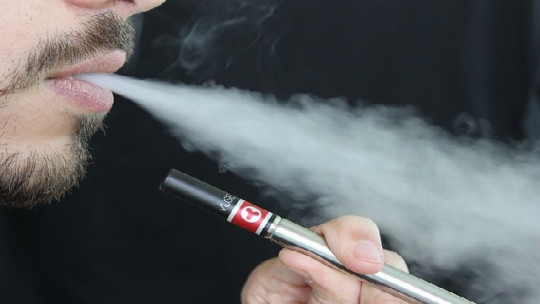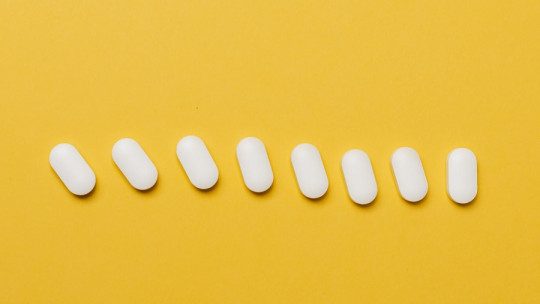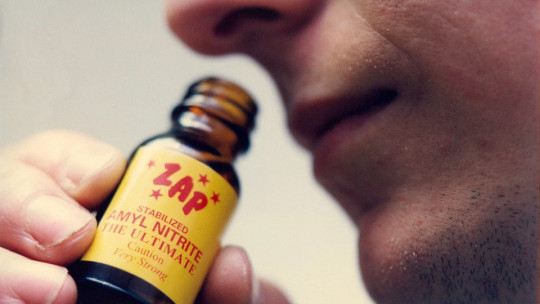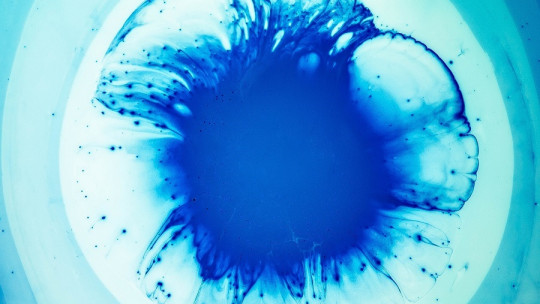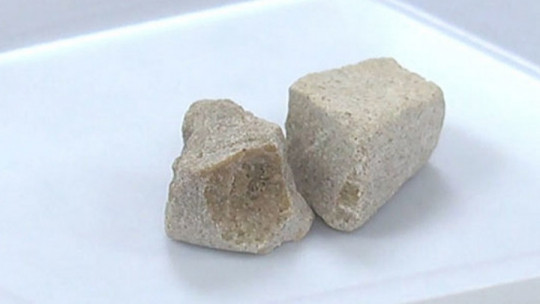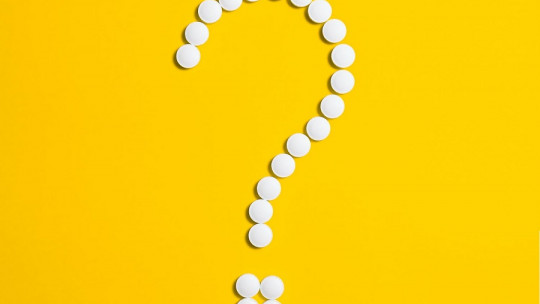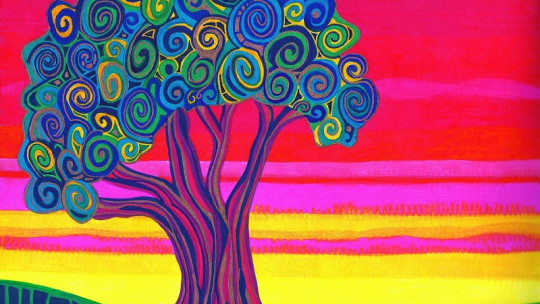
For some, they are the means to an otherworldly party. For others, dangerous “one-way” tickets to problems that deserve their illegal status.
But regardless of how people see them and whether politicians and legislators like to admit it or not, the psychoactive drugs are beginning to show great potential as effective therapies for various health problems. mental health and could also be a key to expanding our understanding of consciousness.
Discovering the therapeutic use of certain drugs
1. Ketamine
Take for example the case of Ketamine, or “Special K” as it is known colloquially in the UK. Today, Ketamine is widely used in clinical settings as an anesthetic in both animals and humans, but several studies are also highlighting its remarkable ability to treat depression, bipolar disorders, and suicidal behavior. Not only that, but they act extraordinarily quickly, showing powerful antidepressant effects in just two hours.
2. Cannabis, MDMA, LSD
But that’s not all: cannabis has shown potential in the treatment of ADHD and insomnia. The active component of hallucinogenic mushrooms, psilocybin, could be useful in the treatment of addictions, obsessive-compulsive disorders and depression. For his part, the MDMA could provide relief to those suffering from post-traumatic stress disorders and Parkinson’s sufferers; and the LSD It could mitigate anxiety, alcoholism or even inflammatory disorders. A quite impressive list that opens the door to reflection on the use of these substances in the medicinal field.
3. Distrust of drugs as a possible therapy
Unfortunately, despite these promising preliminary studies, there is a major barrier in this field of research: attitudes towards drugs, at least in the United Kingdom, make it very difficult to carry out this type of study. Not only are organizations wary of providing money for such experiments, but also restrictions and regulations that are equally difficult to circumvent.
Despite this, there are some trying to carry out human experiments on psychedelic drugs, especially LSD, Ketamine and psilocybin. In parallel with investigating their potential therapeutic use, scientists also hope that by studying how they affect the brain in controlled environments we will be able to unlock some of the mysteries of consciousness.
4. Experiments with LSD
One such scientist who is willing to delve deeper into the human mind through these drugs is David Nutt of the Imperial College of London, famous professor of neuropsychopharmacology and former chief adviser on Medicines to the British government. Given the continued struggle of academics to secure research funding, and the caution of financial institutions when it comes to research involving human use of illicit substances, Nutt is currently addressing the public through the platform start-up of crowdfunding for scientific purposes Walacea to continue his research on LSD, which has resulted from a collaboration with Imperial College London and the Beckley Foundation.
“Despite the incredible potential of this drug to expand our understanding of the brain, political stigma has silenced research,” Nutt said in a news report, referring to the fact that since LSD was banned there has only been one clinical trial of LSD. “We should not play politics with promising science that has so much beneficial potential”
5. LSD seems to increase the creativity of our brain
To date, Nutt has already has administered moderate doses of LSD to 20 subjects and performed imaging studies of its effect on the brain using a combination of FMRI and MEG. Both monitor brain activity but the latter takes “snapshots” of brain activity, while MEG is more like a video recording.
These indicate that LSD could behave in a similar way to psilocybin, reducing blood flow to the control centers and therefore dampening their activity, which ultimately improves brain activity By doing so, psilocybin appears to encourage regions of the brain that are usually separate to begin to communicate with each other, which could be why we see a increase in creativity when using this substance. In any case, we won’t know if LSD works in a similar way until the second part of the experiment is completed, and that requires the public to dig deep into their pockets.

